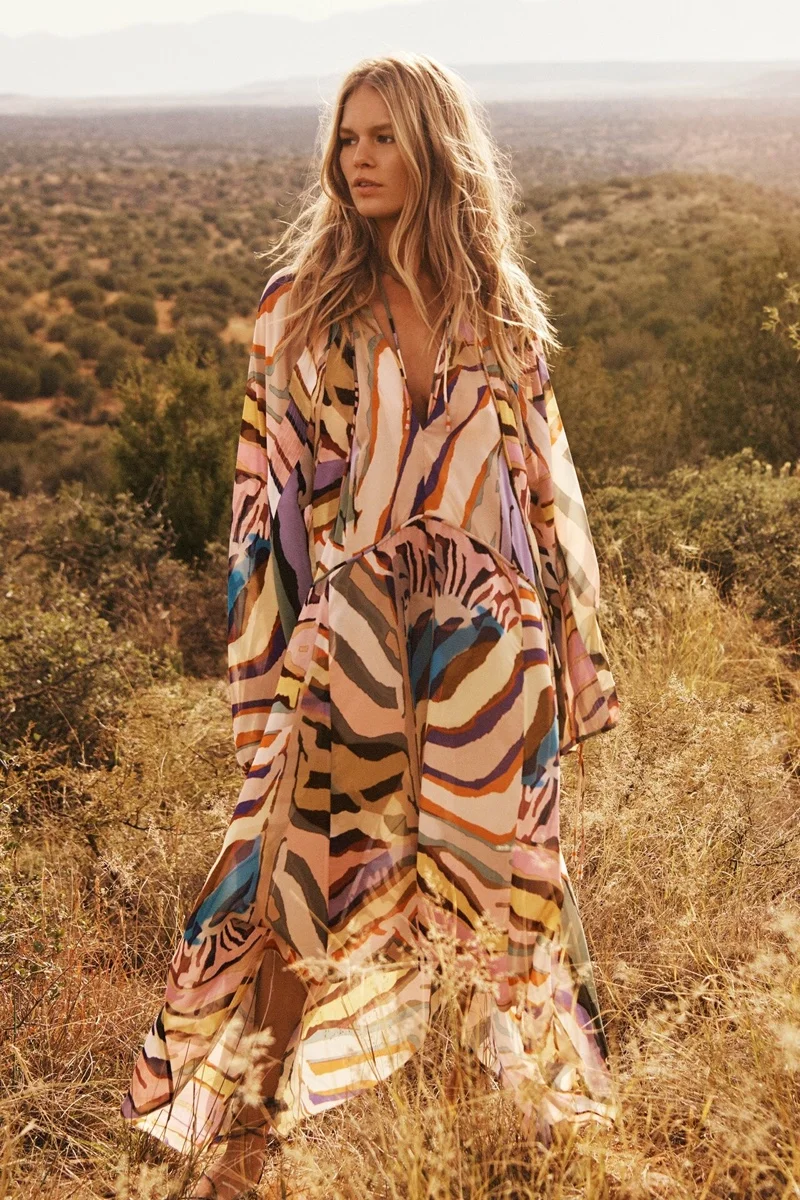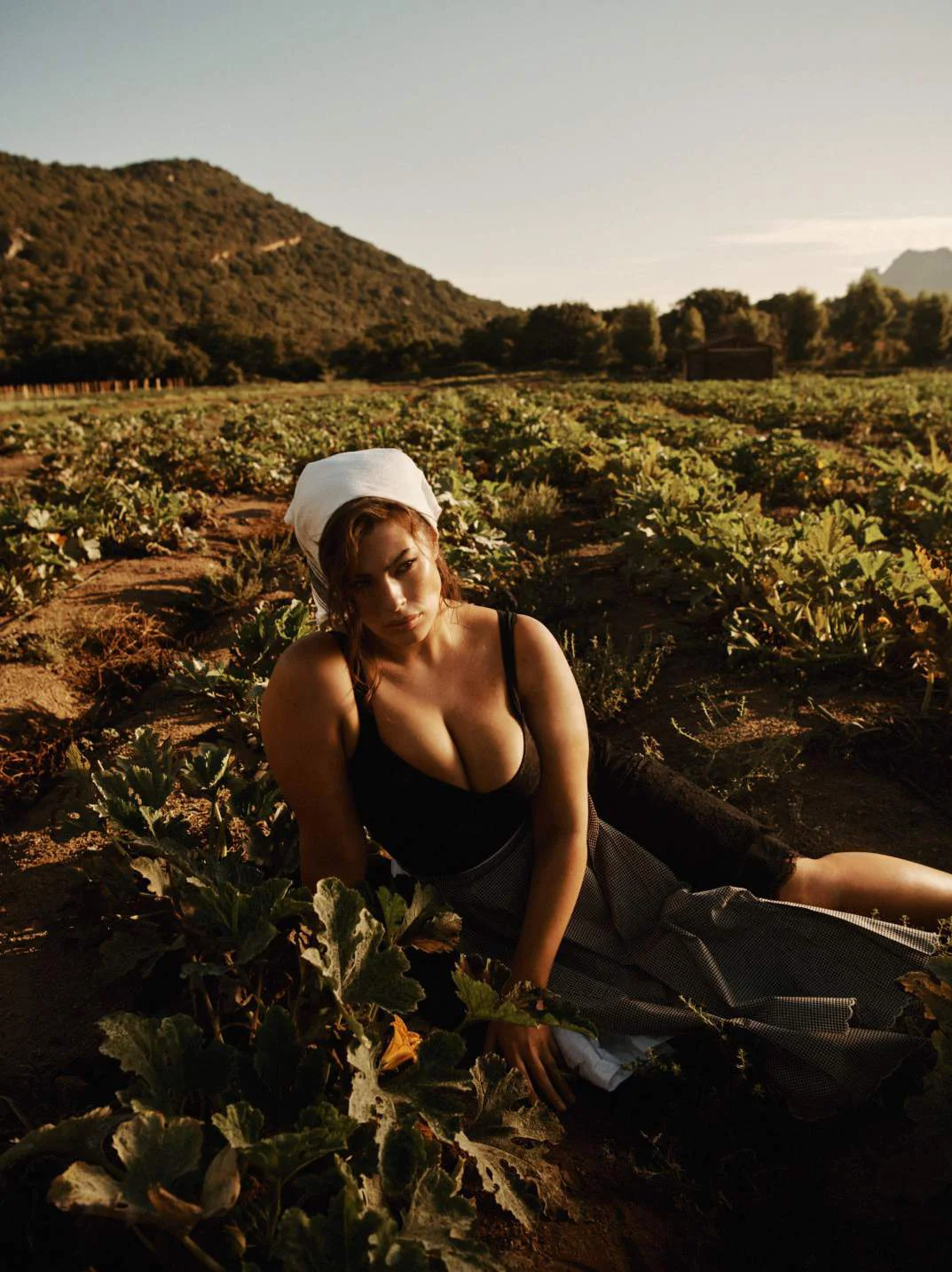Gwyneth Paltrow Did Not Invent Yoga's Huge Popularity In The US | Yoga Journal Shares The Facts
American Oscar-winning actor, businesswoman, lifestyle guru and GOOP founder Gwyneth Paltrow covers the December 2018 issue of WSJ Magazine. George Cortina styles Paltrow in ‘Sweet Success’, lensed by Lachlan Bailey.
In an interview with The Wall Street Journal published Tuesday, the self-promoter Goop founder said: “I remember when I started doing yoga and people were like, ‘What is yoga? She’s a witch. She’s a freak.’ ’’
Paltrow chose to ignore her inner voice waving a flag in her brain, continuing with WSJ:
“Forgive me if this comes out wrong,” she said, “but I went to do a yoga class in L.A. recently and the 22-year-old girl behind the counter was like, ‘Have you ever done yoga before?’ And literally I turned to my friend, and I was like, ‘You have this job because I’ve done yoga before.’ ”
Actually the real story of the spread of yoga in the US is also rooted in the immigration debate. According to the Yoga Journal, In 1920, Paramahansa Yogananda addressed a conference of religious liberals in Boston. He was sent by his guru, the ageless Babaji, to "spread the message of kriya yoga to the West."
In 1924, the United States immigration service imposed a quota on Indian immigration, making it impossible for Easterners to travel to America. Westerners were forced to travel to the East if they sought after yogic teachings.
One of those people was Theos Bernard, who returned from India in 1947 and published Hatha Yoga: The Report of a Personal Experience. His book was a major sourcebook for yoga in the 1950s and it remains popular today.
That same year, Indra Devi opened a yoga studio in Hollywood. Her three popular books had housewives from New Jersey to Texas standing on their heads in their bedrooms.
She was the first Westerner to study with Sri Krishnamacharya and the first to bring his lineage to the West.
The person who introduced more Americans to yoga than any other in those days was Richard Hittleman, who in 1950 returned from studies in India to teach yoga in New York.
He not only sold millions of copies of his books and pioneered yoga on television in 1961, but he influenced how yoga has been taught ever since.
Although he was a student of the sage Ramana Maharshi and very much a "spiritual" yogi, he presented a nonreligious yoga for the American mainstream, with an emphasis on its physical benefits. He hoped students would then be motivated to learn yoga philosophy and meditation.
Yoga was established on the West Coast in the mid-'50s with Walt and Magana Baptiste's San Francisco studio.
In 1958, Indian-born Swami Vishnu-devananda, a disciple of Swami Sivananda Saraswati, arrived in San Francisco, sponsored by the artist Peter Max.
His 1960 book, The Complete Illustrated Book of Yoga, became an essential guidebook for many practitioners. Dubbed by a colleague as "a man with a push," he founded the Sivananda Yoga Vedanta Centers, headquartered in Montreal, one of the largest networks of yoga schools in the world.
Meditation and yoga exploded across America in the early '60s, when an unassuming-looking yogi "came out of the Himalayas to spiritually regenerate the world." Maharishi Mahesh Yogi's Transcendental Meditation empire now claims 40,000 teachers and more than four million practitioners, with 1,200 centers in 108 countries.
The Yoga Journal article by Holly Hammond goes on in tracing the development of yoga — actually jump-started by the sixties counter culture in America. Yoga Journal was first published in 1975.
Perhaps in a slight to Gwyneth Paltrow, her role as the chief birth mother of yoga in America is not mentioned. Or perhaps Gwyneth Paltrow, like Donald Trump, drowns in her own narcissism.























